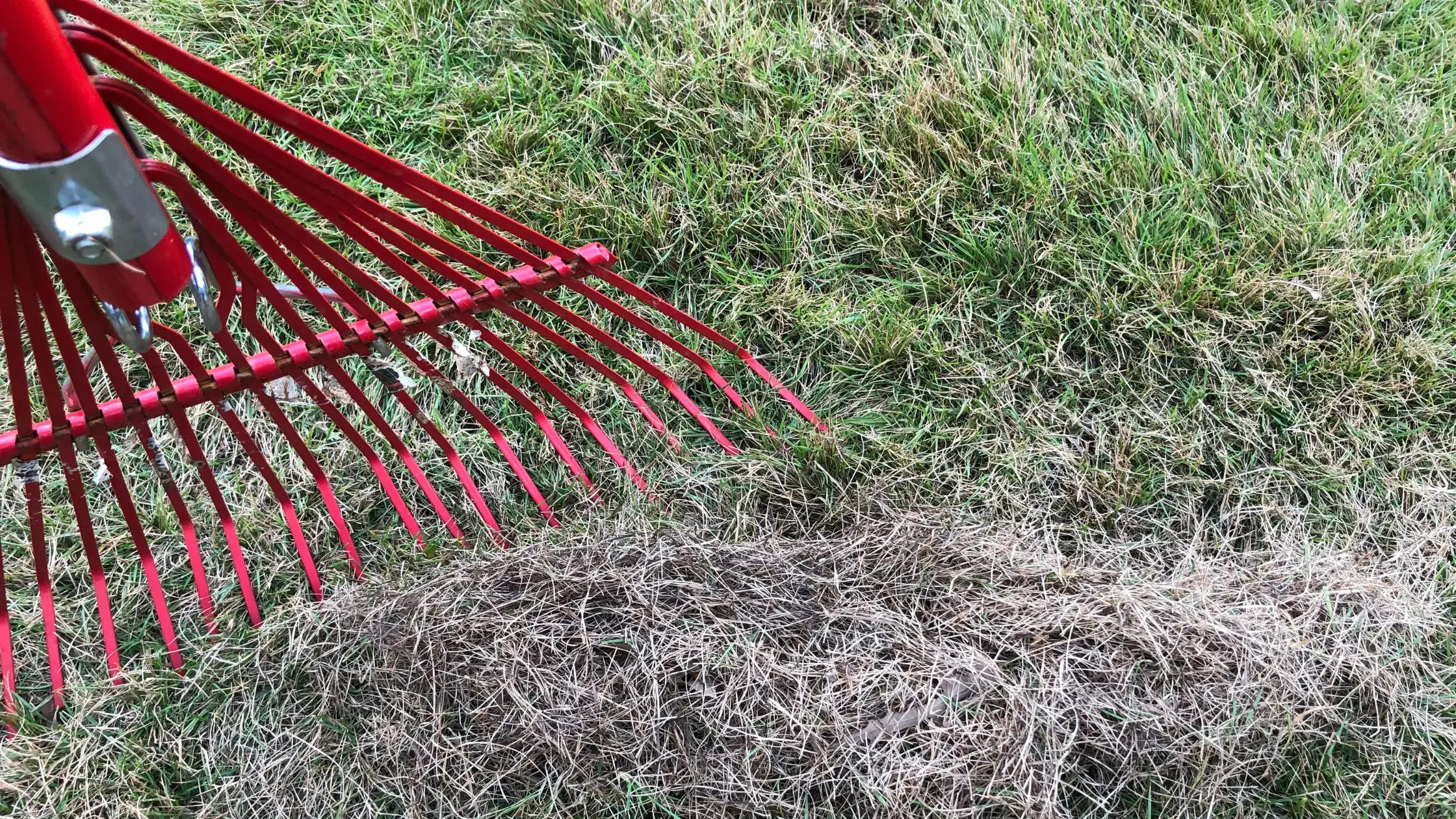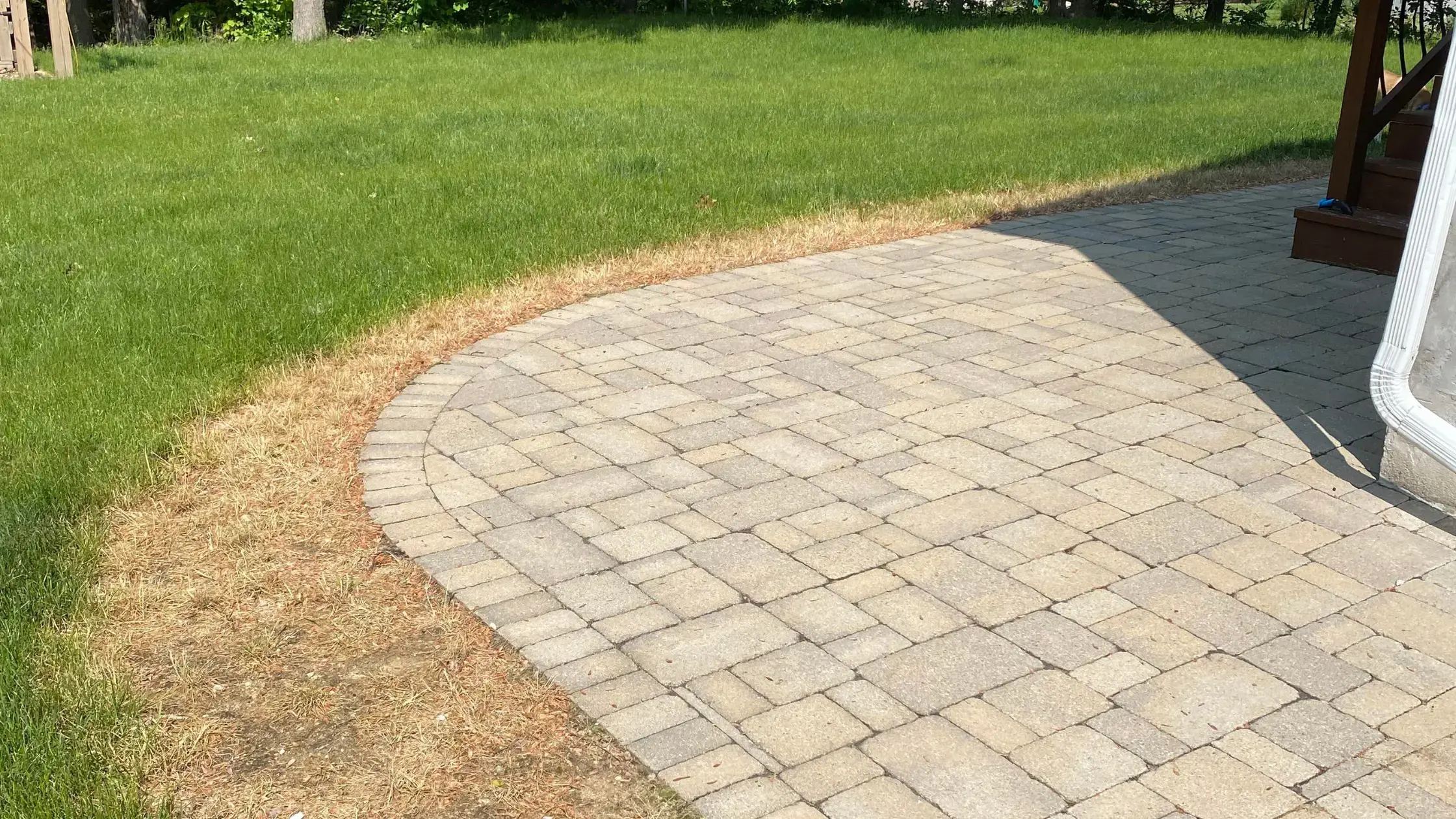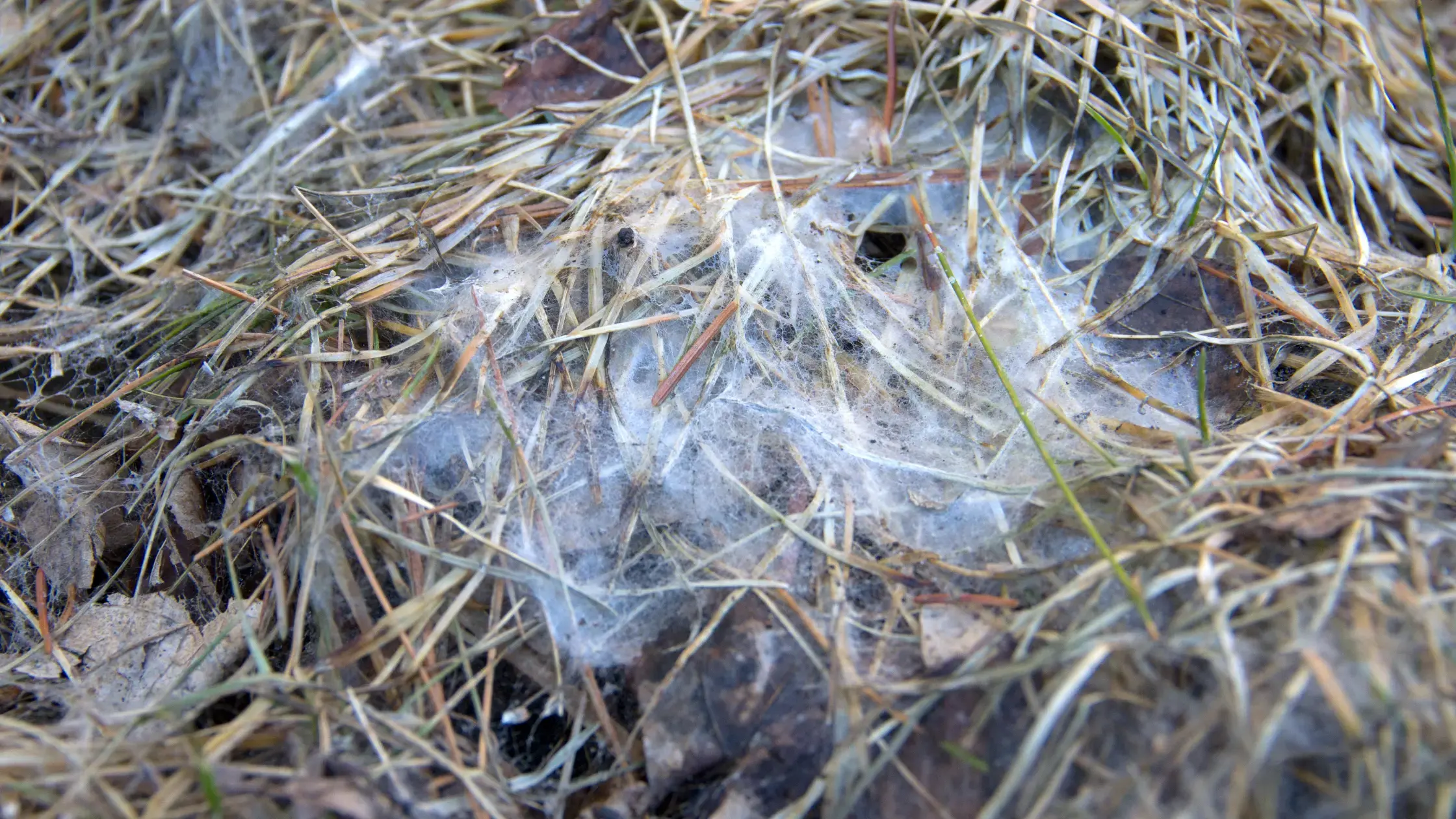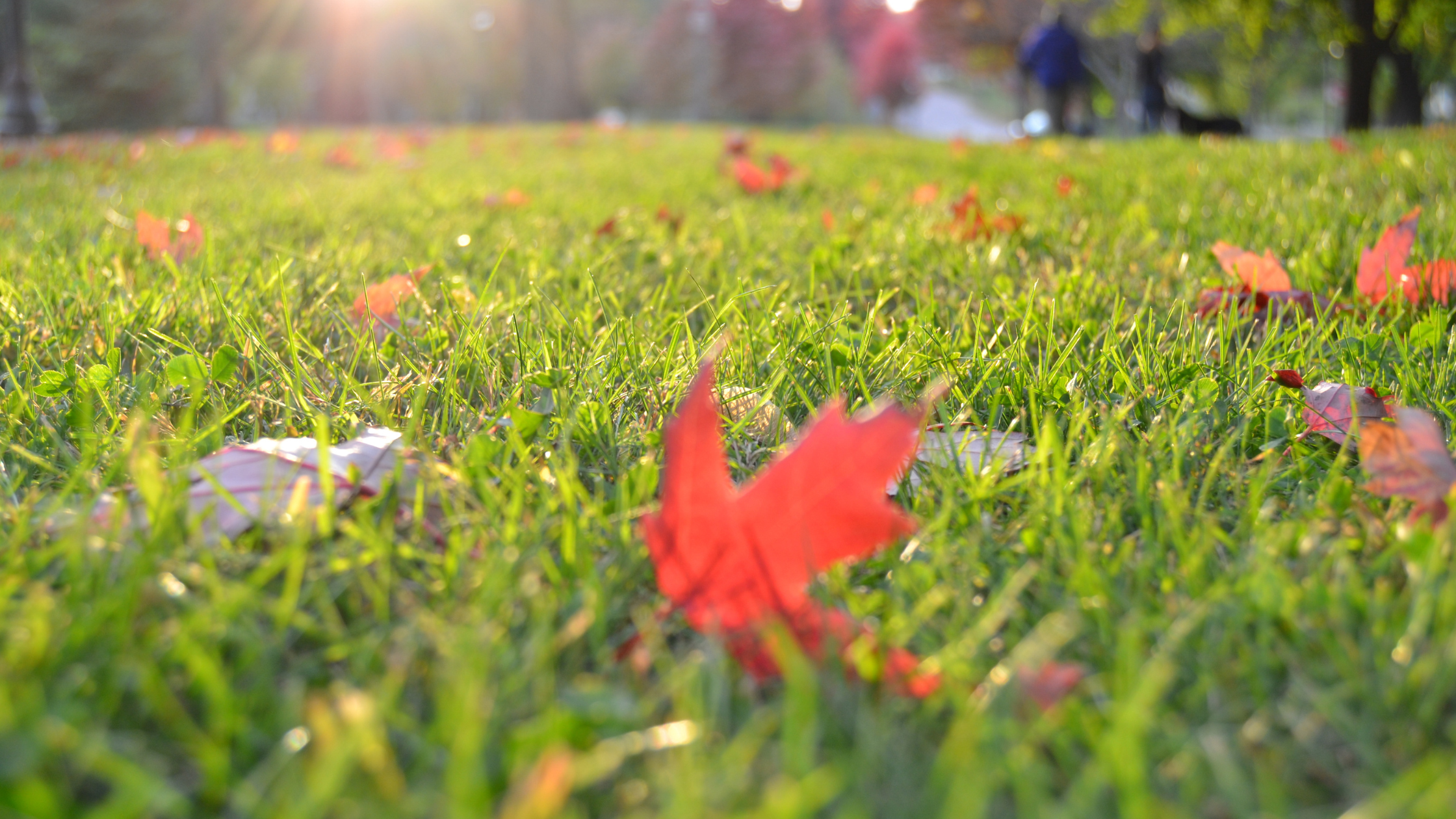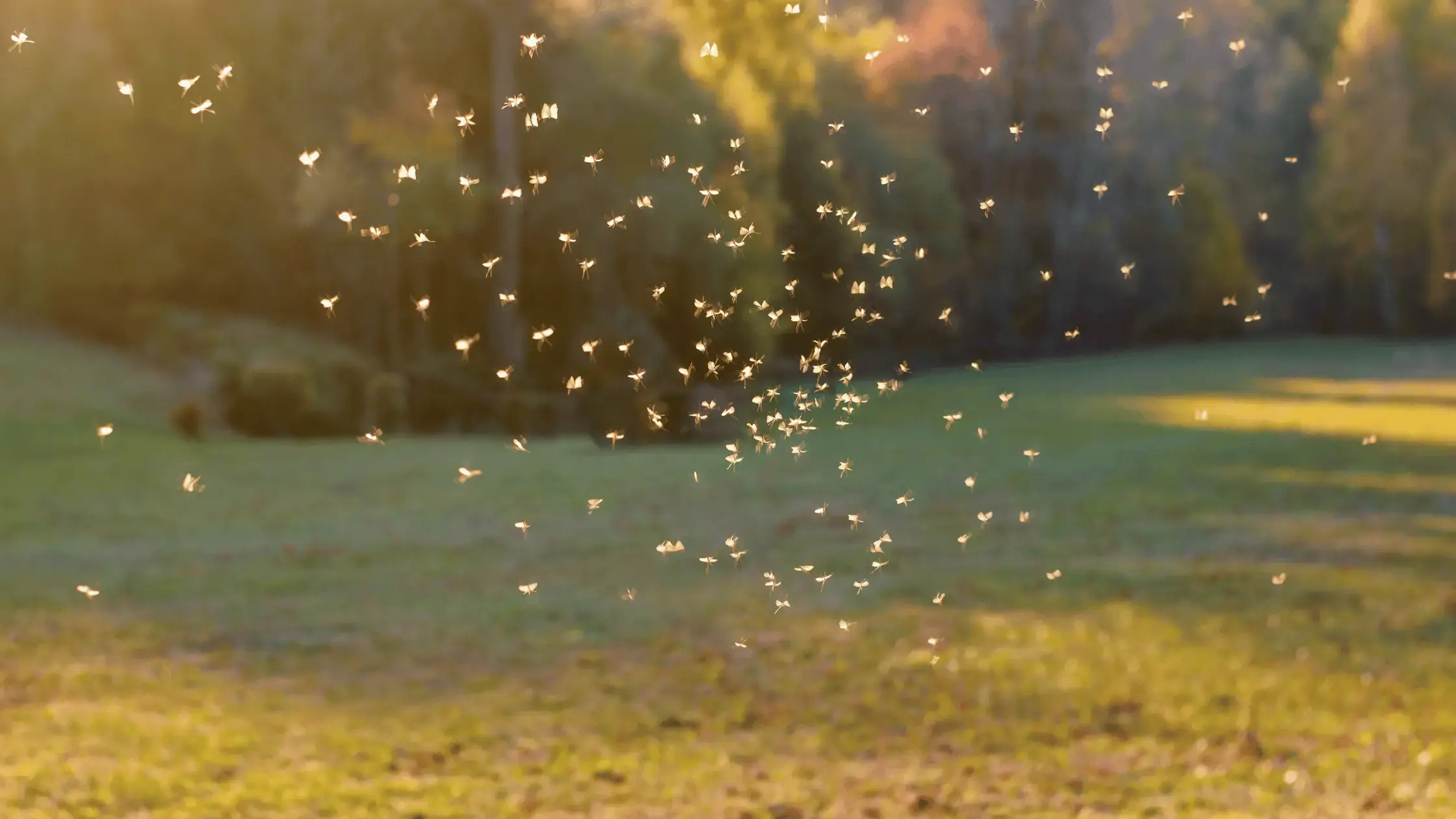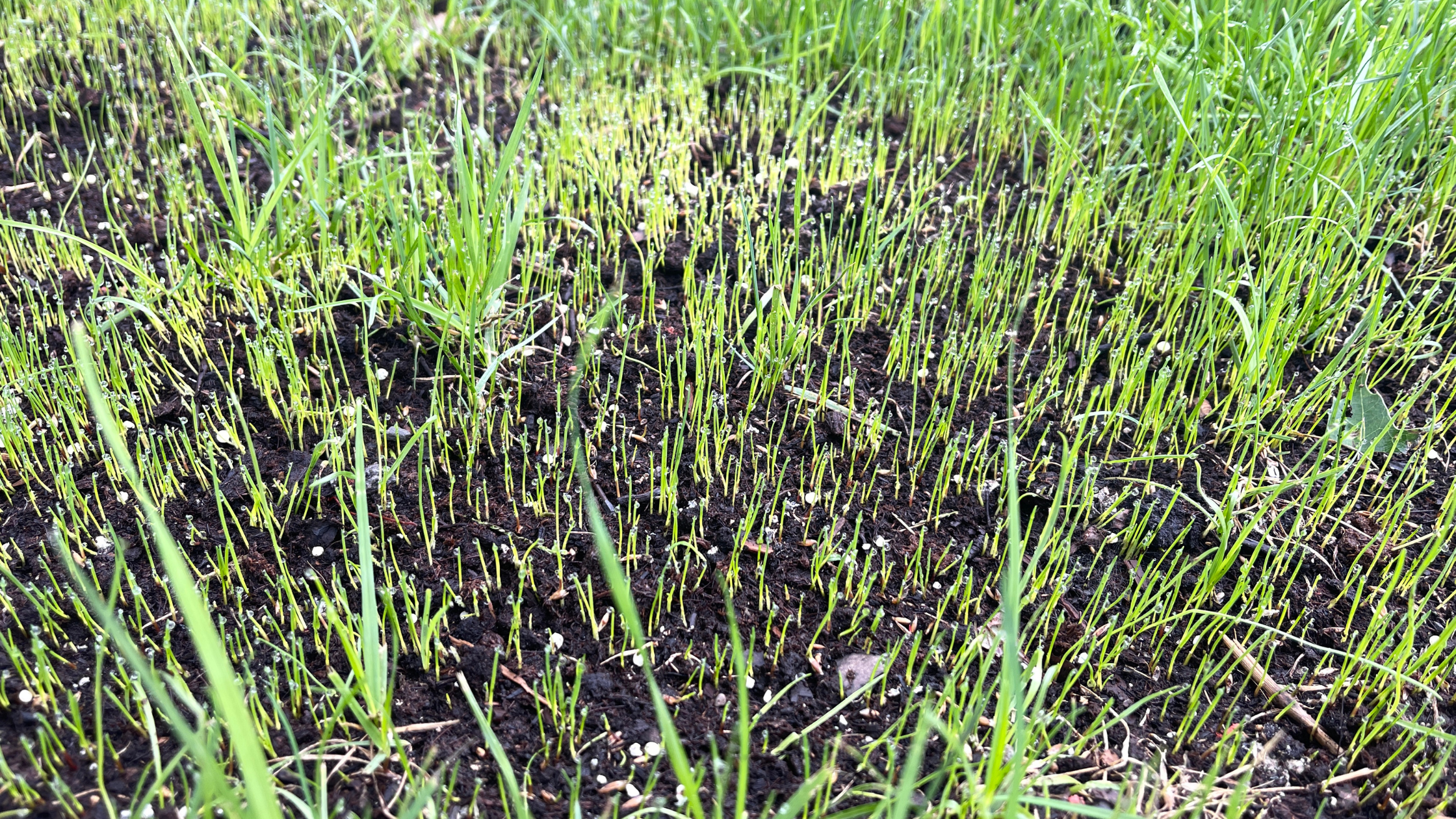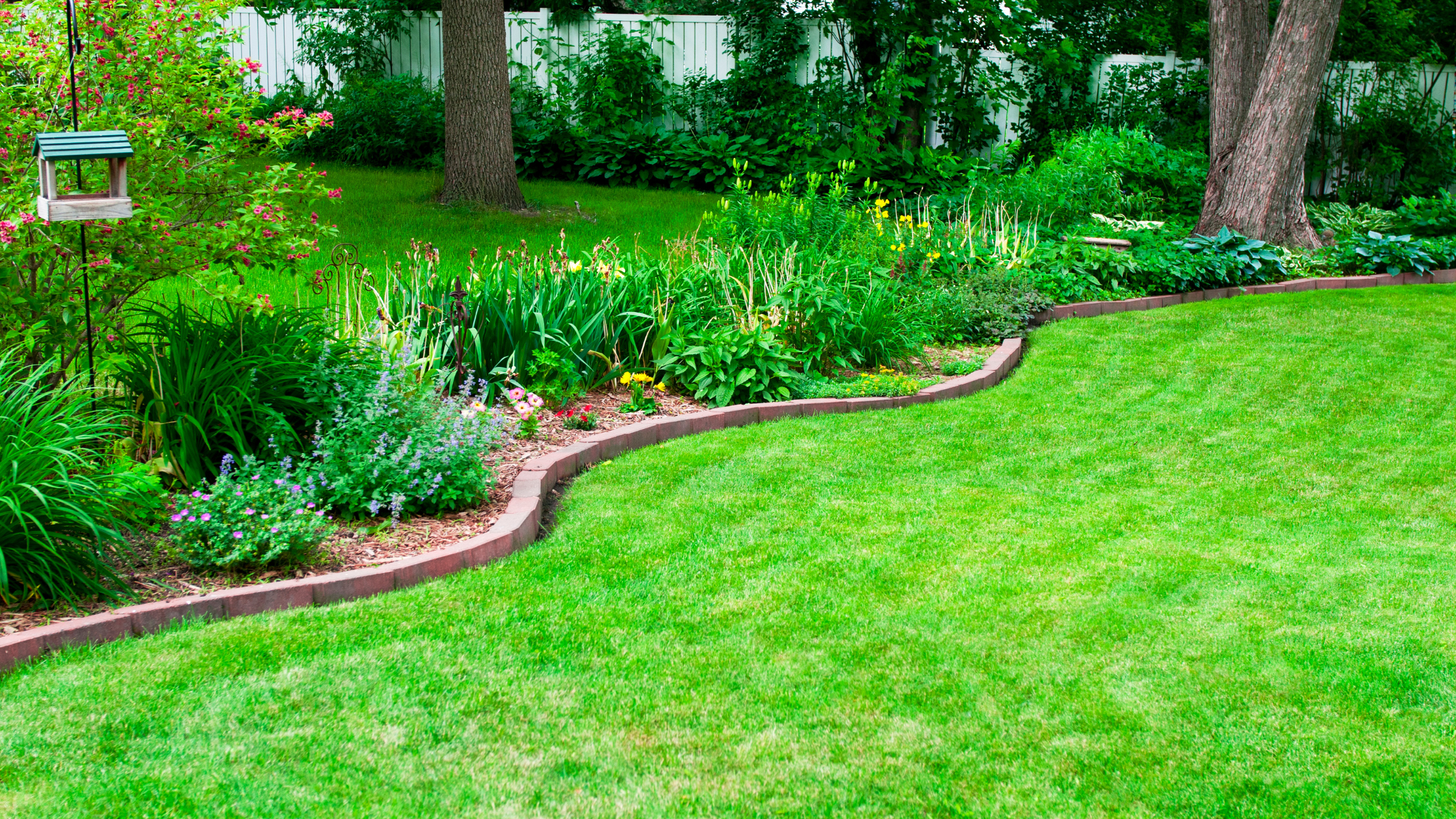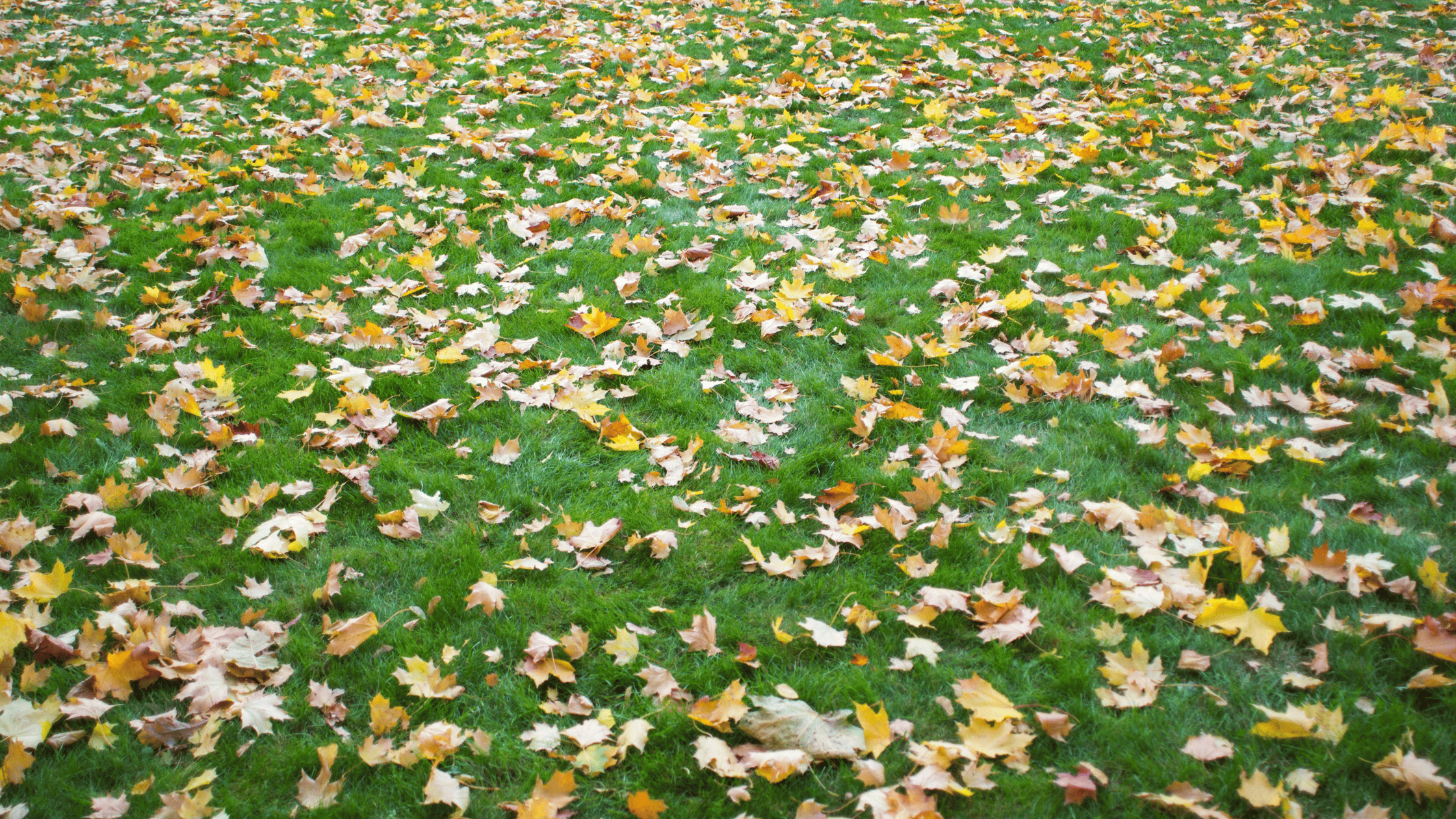

Winterizer: The Key to a Stronger, Greener Lawn Next Spring
As the leaves start to fall and the days grow shorter, most homeowners think lawn care season is wrapping up. The mower goes into storage, hoses are drained, and attention shifts to snowblowers and...

.png)
